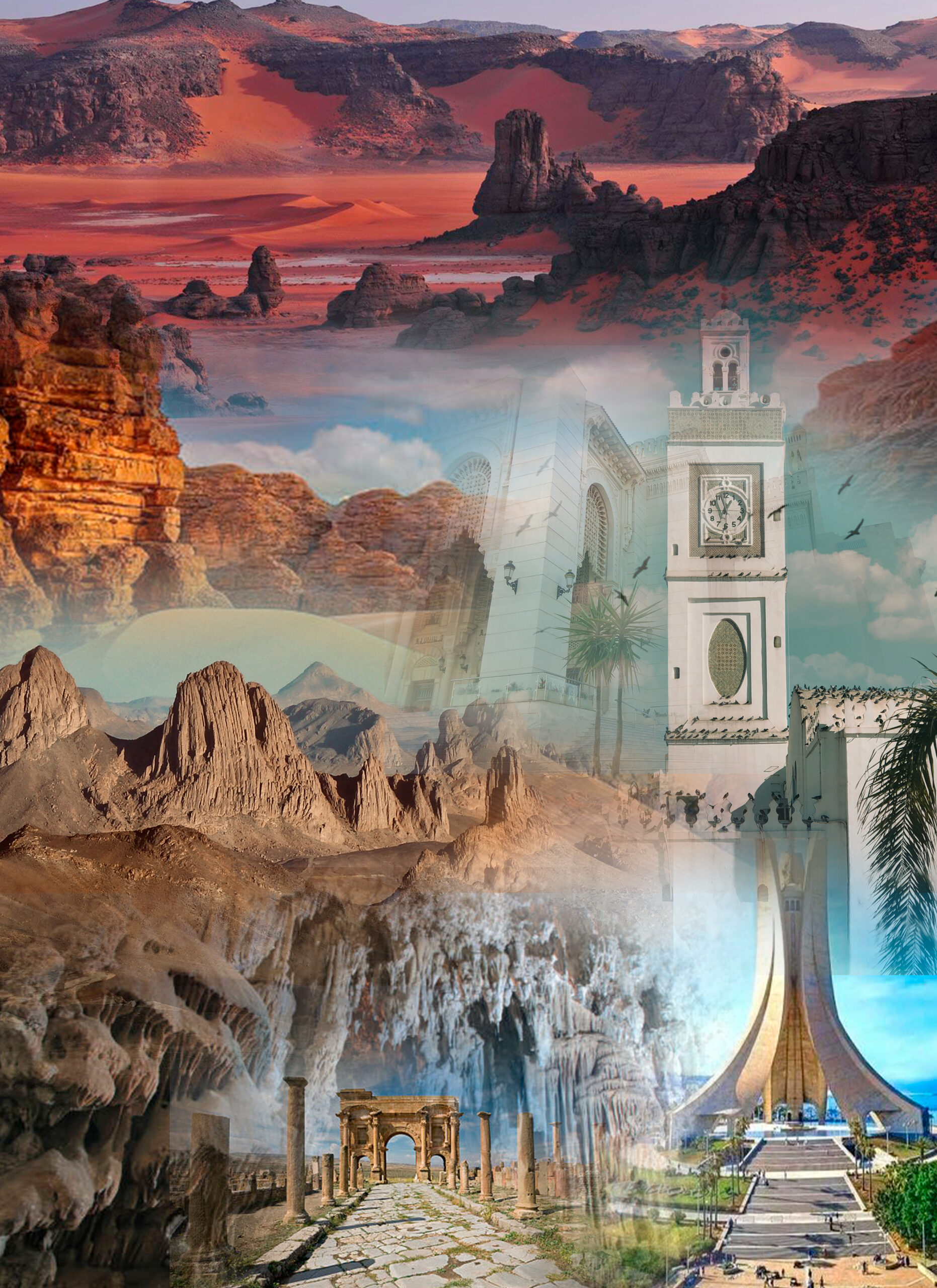Discovering the Provinces of the Central African Republic

Introduction:
Welcome to Bangui, the capital city of the Central African Republic and a province (wilaya) that encompasses a rich tapestry of historical significance, architectural wonders, natural splendors, vibrant art and cultural delights, and a gastronomy that tantalizes the taste buds. In this article, we will delve into the captivating aspects of Bangui, highlighting its historical significance, architectural beauty, artistic treasures, gastronomic delights, and exciting events and activities.
Historical Significance:
Bangui holds a significant place in the history of the Central African Republic. The city has witnessed the rise and fall of various kingdoms and empires, leaving behind a legacy that is waiting to be explored. From the ancient trade routes that passed through the region to the colonial era that shaped its modern identity, Bangui is a living testament to the historical events that have shaped the nation.
Architecture & Natural Splendors:
Bangui is adorned with architectural marvels that showcase a blend of traditional and modern influences. The iconic Bangui Cathedral, with its stunning Neo-Gothic design, stands as a symbol of religious heritage. The Presidential Palace, with its grandeur and elegance, reflects the colonial past. The city’s streets are lined with colorful houses and buildings, each with its unique charm. Additionally, Bangui is blessed with natural splendors, including the Ubangi River, lush parks, and the Boali Falls, offering breathtaking views and opportunities for relaxation and exploration.
Art & Cultural Delights:
Bangui is a melting pot of cultures and traditions, resulting in a vibrant art and cultural scene. The city is home to various ethnic groups, each contributing to the rich tapestry of artistic expressions. Local artisans create intricate wood carvings, pottery, and vibrant textiles that reflect the cultural diversity of the region. Visitors can immerse themselves in the local art scene by visiting galleries, attending cultural performances, and interacting with artists.
Spirits & Gastronomy:
Bangui’s gastronomy is a delightful fusion of traditional African flavors and international influences. The city offers a wide range of culinary delights, from street food stalls serving grilled meats and local delicacies to upscale restaurants offering international cuisine. Visitors can savor dishes such as saka-saka (cassava leaves), fufu (a staple made from pounded yam or cassava), and various stews bursting with flavors. Bangui is also known for its refreshing palm wine and traditional spirits, providing a unique gastronomic experience.
Events & Activities:
Bangui offers a vibrant calendar of events and activities that cater to various interests. The city hosts cultural festivals, such as the National Arts and Culture Week, where visitors can witness traditional dances, music performances, and theatrical productions. Sports enthusiasts can enjoy football matches at the Barthélemy Boganda Stadium, while nature lovers can explore the surrounding national parks and reserves, engaging in activities like wildlife safaris, hiking, and birdwatching.
Conclusion:
Bangui, the capital city and province of the Central African Republic, is a destination that encapsulates the essence of the nation. With its historical significance, architectural beauty, vibrant art and cultural scene, tantalizing gastronomy, and exciting events and activities, Bangui offers a multifaceted experience for every visitor. Immerse yourself in the city’s rich history, marvel at its architectural wonders, indulge in its gastronomic delights, and participate in its lively cultural events. A journey to Bangui is a journey to the heart of the Central African Republic.
©2024 | Authored by DocThomas.Art

